Configuring Kubernetes Worker Nodes on Baremetal Linux
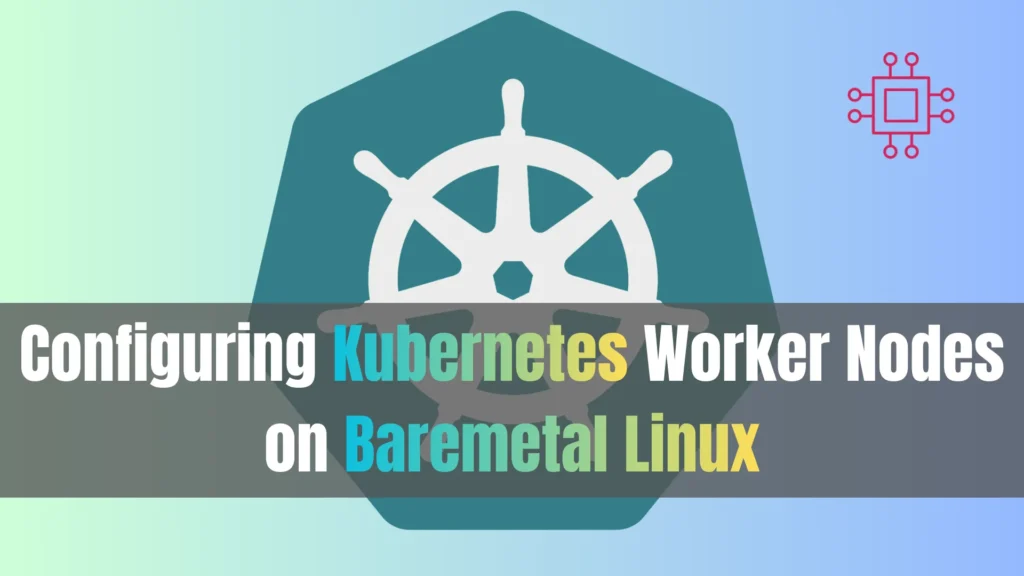
A complete step-by-step guide to configuring Kubernetes worker nodes on baremetal Linux, covering OS preparation, networking, storage, kubelet tuning, cluster joining, and performance optimization. Table of Contents 🔈Introduction Running Kubernetes on baremetal Linux servers gives teams full control over performance, networking, hardware utilization, and costs. While managed cloud clusters often reduce infrastructure complexity, baremetal Kubernetes […]
How to Convert Ext4 Filesystems to Btrfs with Minimal Downtime
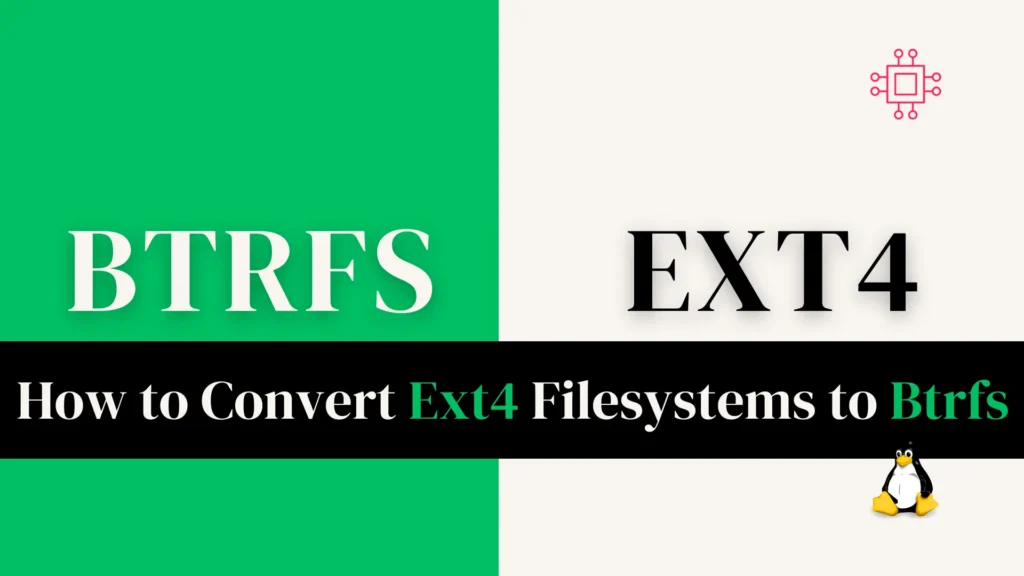
Self-explanatory placeholder (typically) matches the keyword catch phrase statement. Table of Contents 🔈Introduction Migrating from Ext4 to Btrfs has become a common objective for Linux administrators who want advanced features—snapshots, transparent compression, checksumming, incremental send/receive, and more—without sacrificing stability. While Ext4 remains a reliable, mature filesystem, Btrfs brings modern capabilities that support better data integrity, […]
How to Analyze and Reduce Linux I/O Latency Using fio, blktrace, and perf
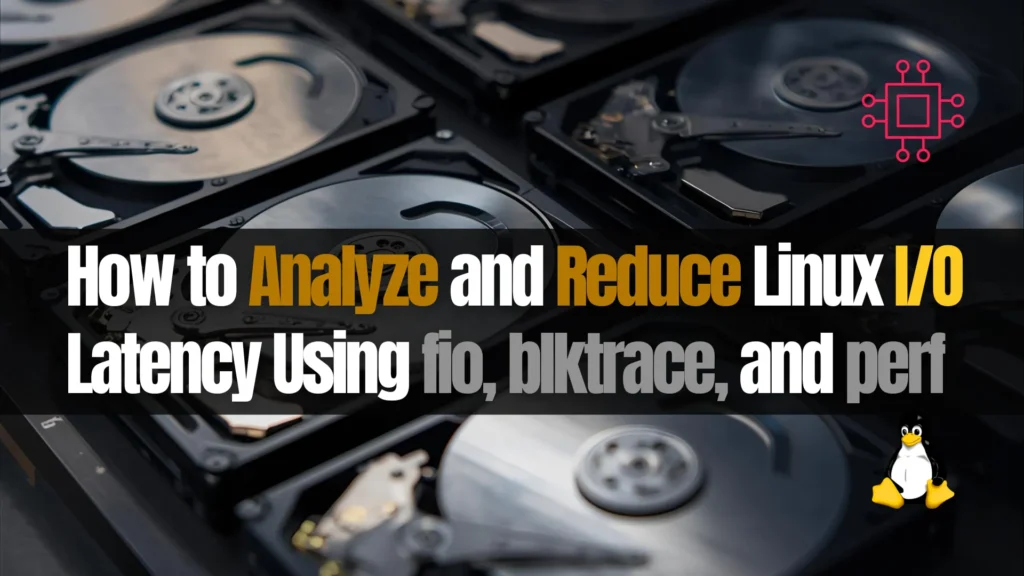
Learn how to analyze and reduce Linux I/O latency with tools like fio, blktrace, and perf. Optimize disk performance to improve throughput, latency, and system efficiency. Table of Contents 🔈Introduction In the world of high-performance computing and data-driven applications, disk I/O latency can often be the Achilles’ heel for system performance. Whether you’re running a […]
How to Benchmark and Optimize Disk Performance on Linux with fio
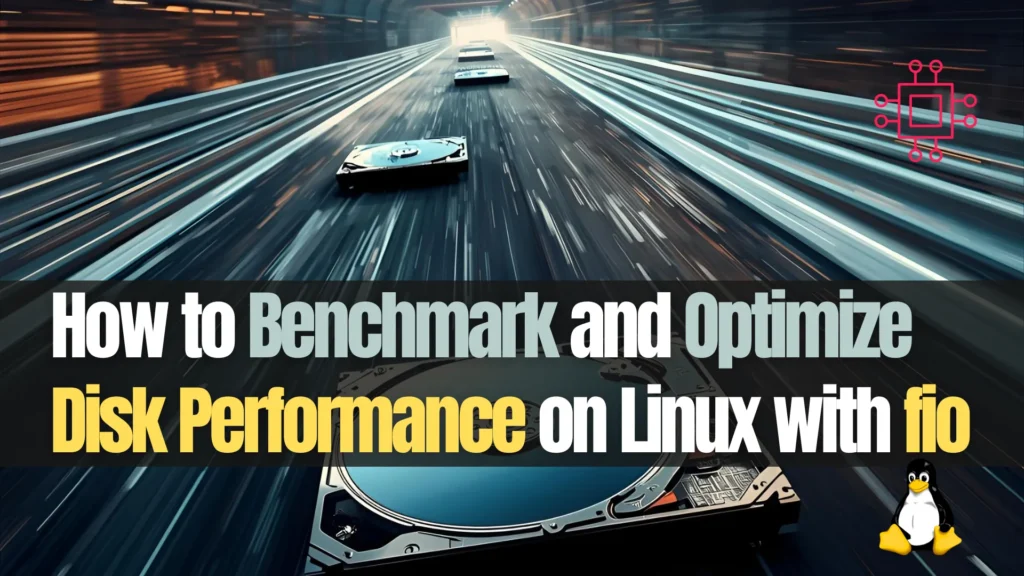
Learn how to benchmark and optimize disk performance on Linux using fio. This comprehensive guide covers installation, test scenarios, interpreting results, and tuning tips to maximize throughput and minimize latency. Table of Contents 🔈Introduction When you’re managing Linux systems—whether they’re servers, virtual machines, or embedded devices—understanding your disk performance is critical. The versatile utility fio […]
Install Grafana on RHEL 9 | CentOS 9

Learn how to install Grafana on RHEL 9 or CentOS 9—from repository setup through installation, service management, firewall & SELinux configuration, to securing your Grafana environment. Table of Contents 🔈Introduction If you’re working with Grafana and running a modern enterprise Linux environment like Red Hat Enterprise Linux 9 (RHEL 9) or CentOS Stream 9 (or a compatible EL9 distribution), […]
Using Rook-Ceph for Persistent Storage in On-Prem Kubernetes Clusters
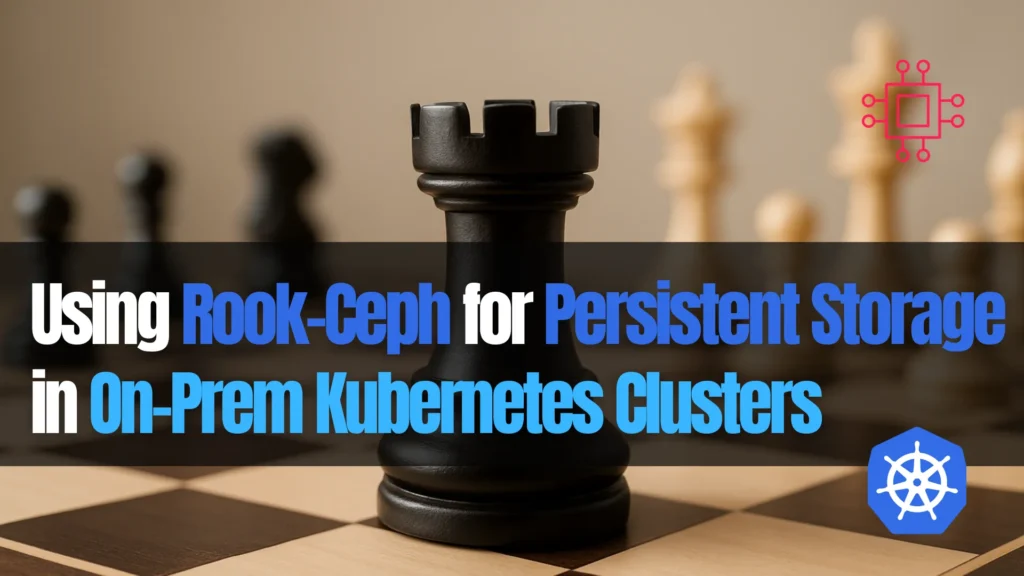
Deploy resilient, scalable on-prem Kubernetes storage using Rook-Ceph. Learn architecture, setup steps, best practices, and examples for block, file, and object storage. Table of Contents 🔈Introduction Organizations running Kubernetes on-premises often discover that managing persistent storage is harder than deploying applications themselves. Public cloud platforms provide turnkey block and file storage services, but baremetal and […]
Install GIMP on RHEL 9 | CentOS 9

Learn how to install GIMP on RHEL 9, CentOS Stream 9, Rocky Linux 9, and AlmaLinux 9 using EPEL, Flatpak, or source builds. Includes step-by-step commands, troubleshooting tips, and comparisons for the best installation method. Table of Contents 🔈Introduction GIMP (GNU Image Manipulation Program) is one of the most widely used open-source graphics applications for […]
Managing System Resource Limits Using ulimit and /etc/security/limits.conf

Learn how to manage system resource limits using ulimit and /etc/security/limits.conf on Linux. Discover key concepts, practical examples, and best practices for controlling file descriptors, processes, memory, and more. Table of Contents 🔈Introduction When managing Linux systems, one of the essential aspects of system administration is ensuring that processes do not consume excessive resources. By […]
How to Diagnose and Fix Slow DNS Resolution on Linux
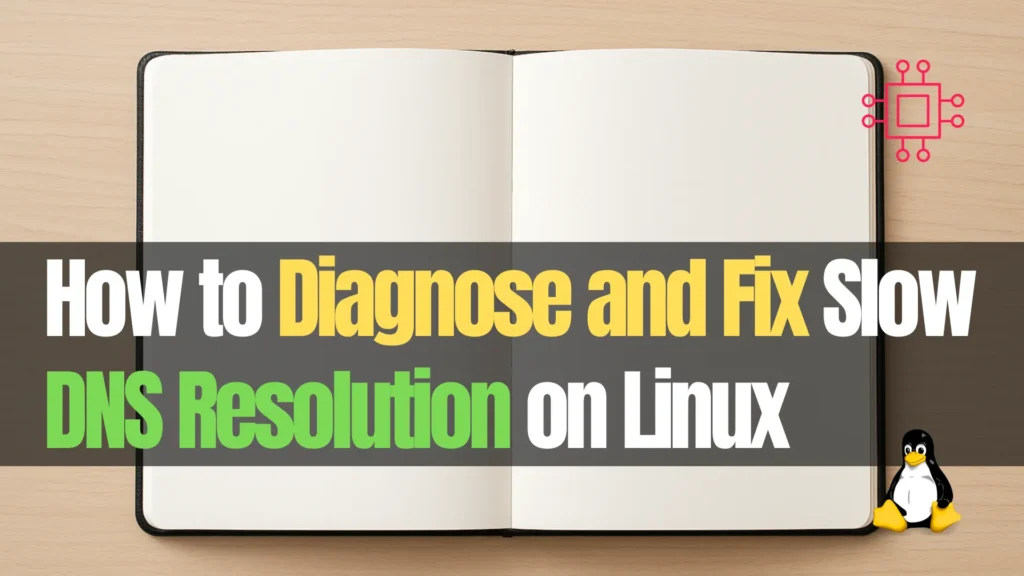
Improve Linux network performance by diagnosing and fixing slow DNS resolution. Learn step-by-step troubleshooting, CLI commands, and configuration fixes to speed up DNS lookups on any Linux distribution. Table of Contents 🔈Introduction Slow DNS resolution can make even the fastest Linux system feel sluggish. When domain lookups stall, websites load slowly, package managers hang on […]
How to Enable and Configure SELinux Policy Modules for Custom Applications
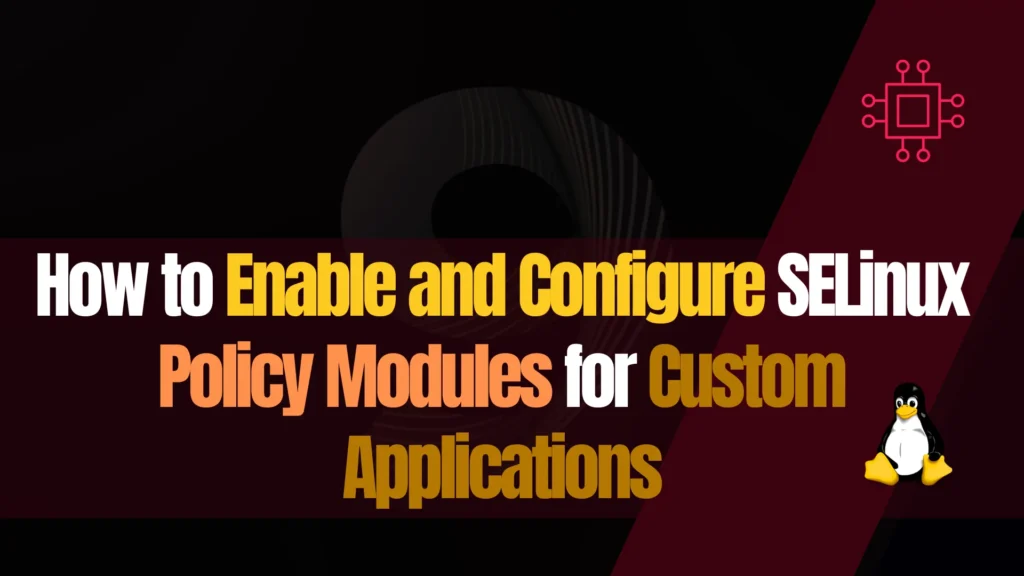
Learn how to enable, write, and configure SELinux policy modules for custom applications. Includes step-by-step instructions, file context management, CLI examples, and best practices for secure deployments. Table of Contents 🔈Introduction Security-Enhanced Linux (SELinux) is one of the most robust mandatory access control (MAC) frameworks available in modern Linux distributions. It enforces strict boundaries between […]
